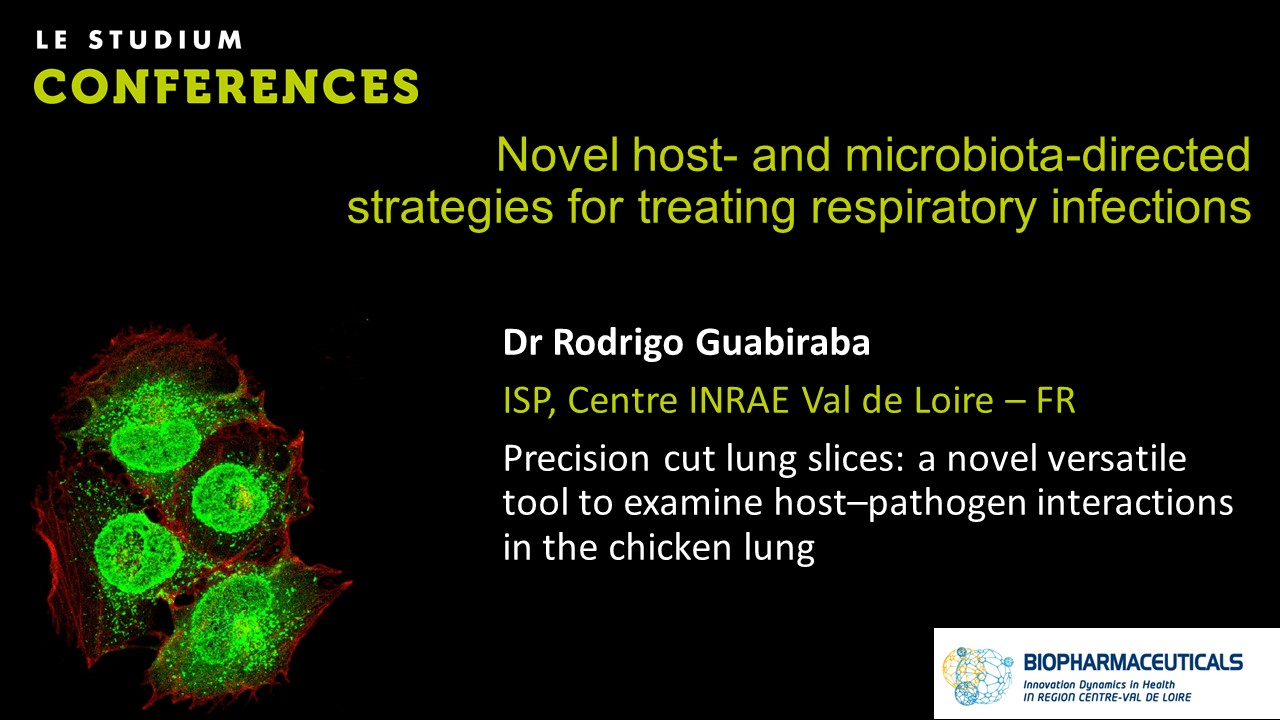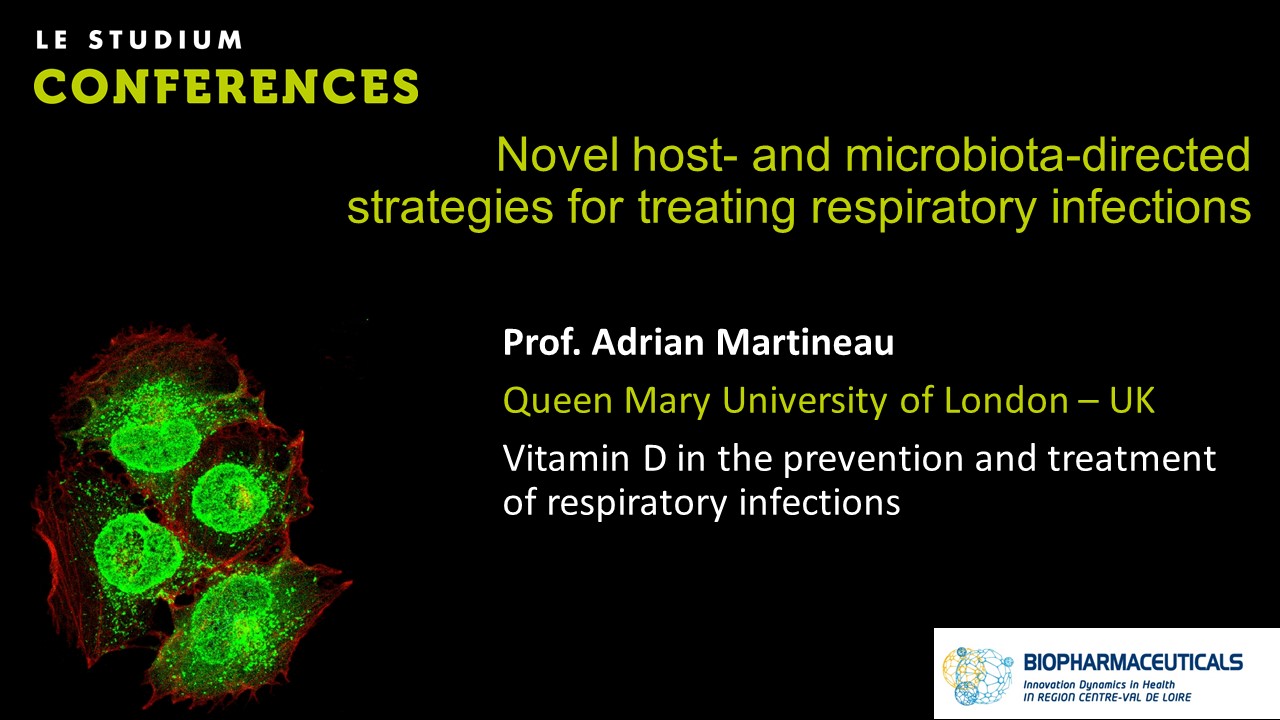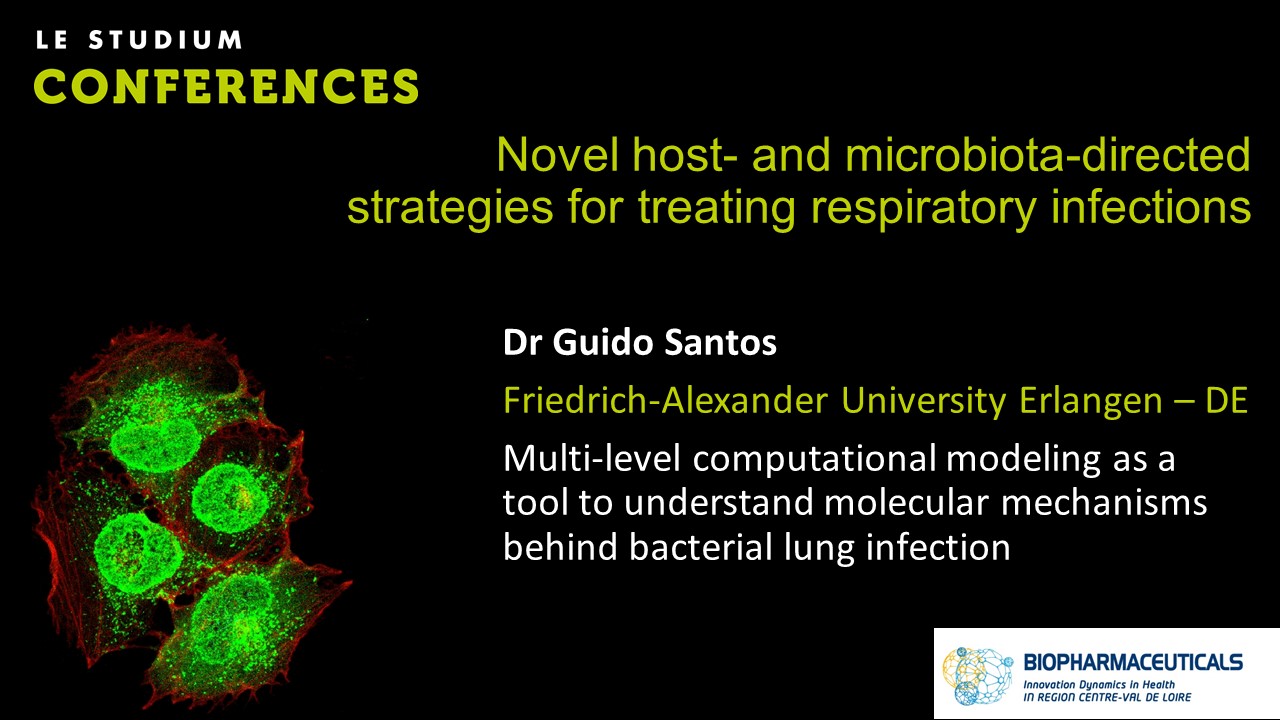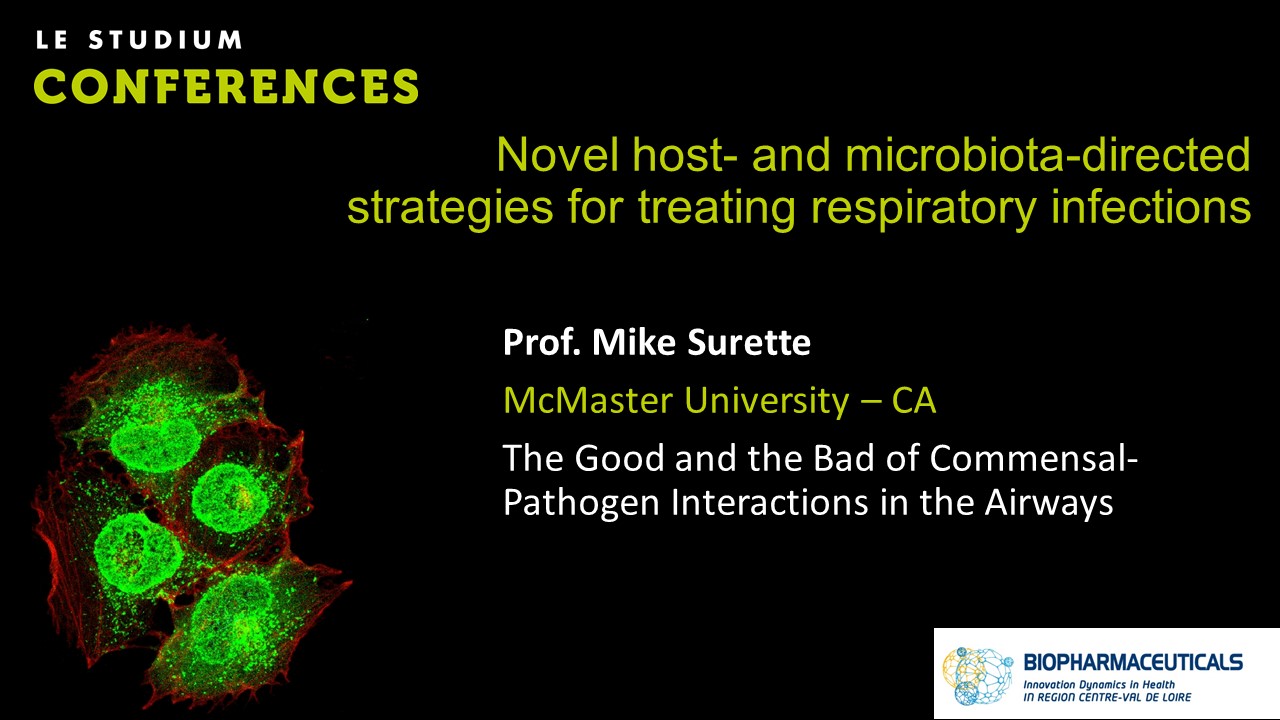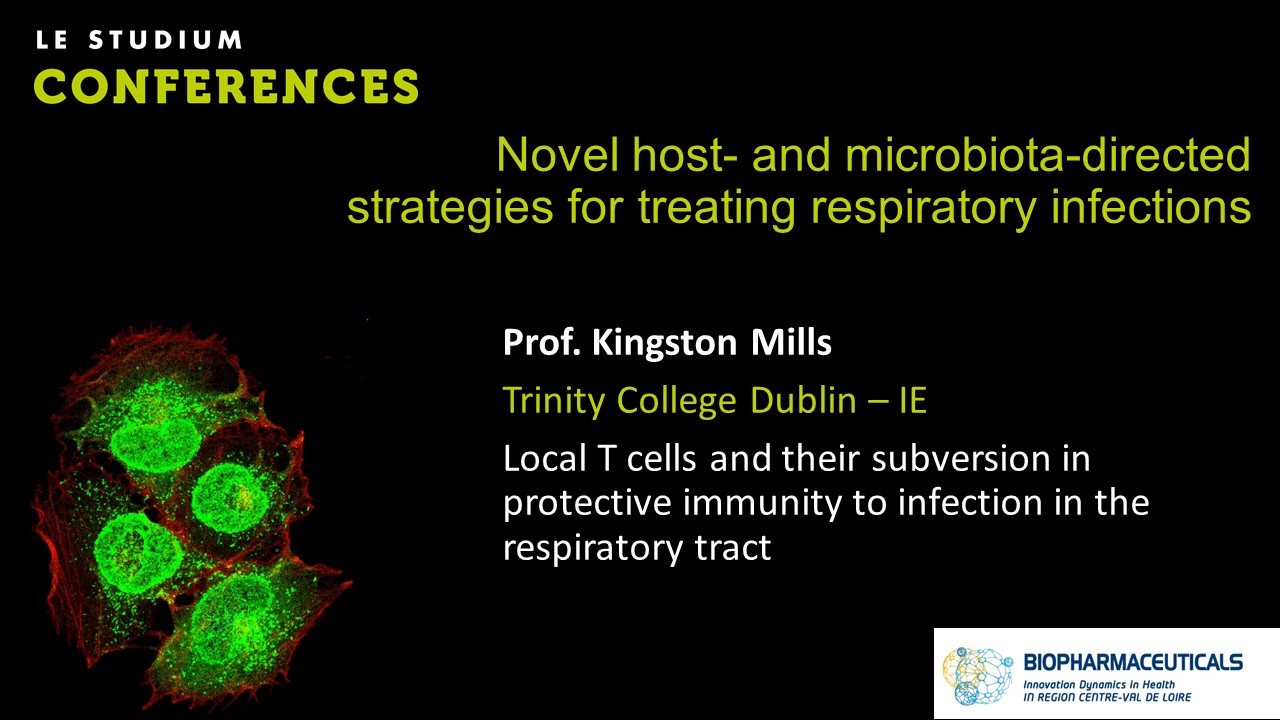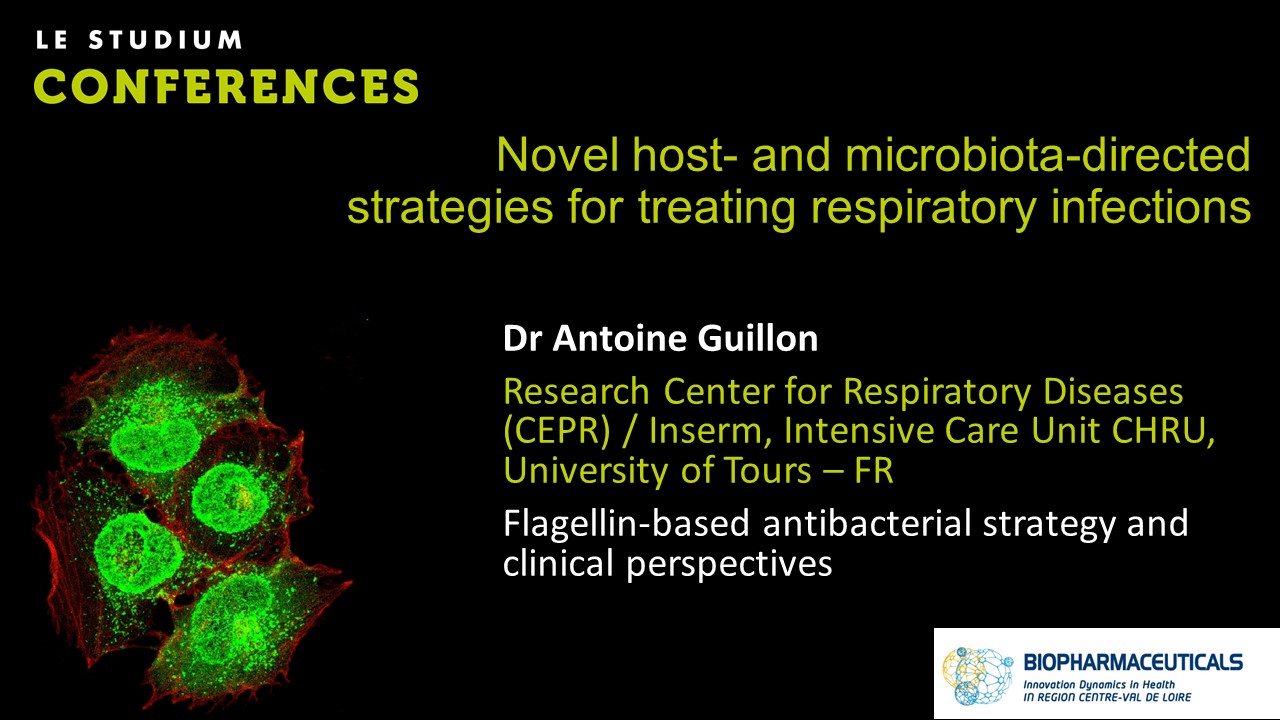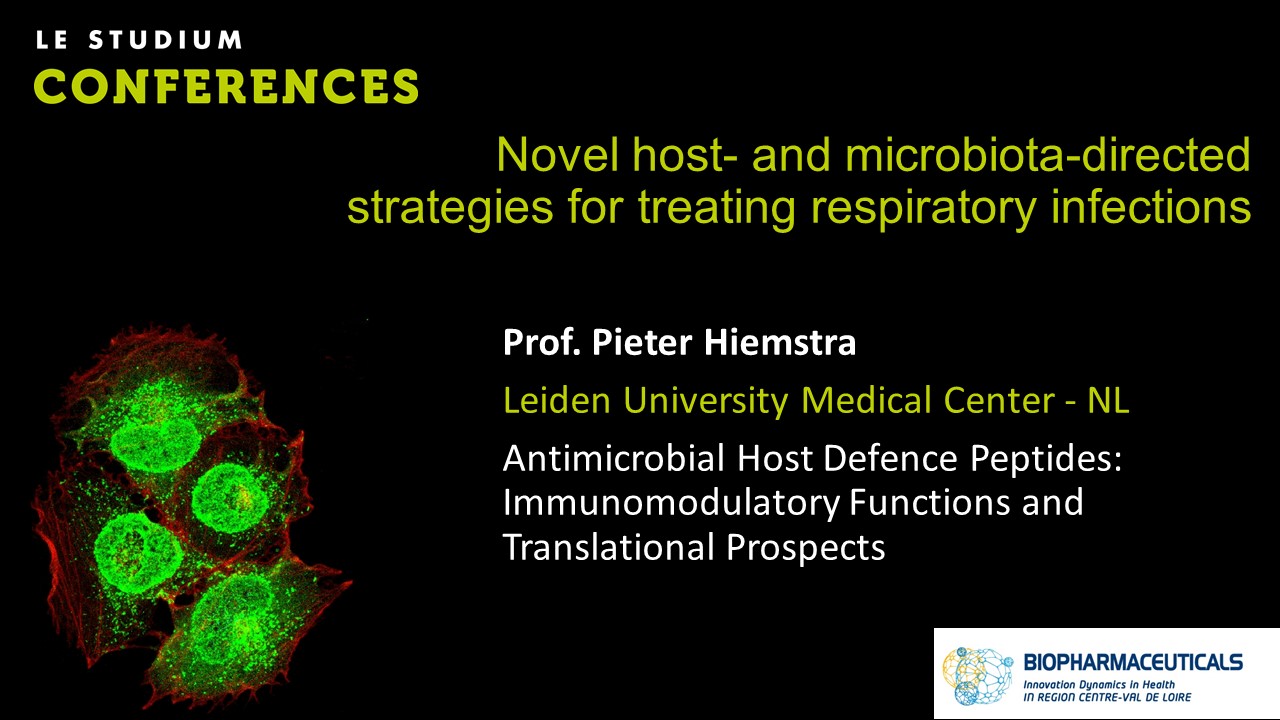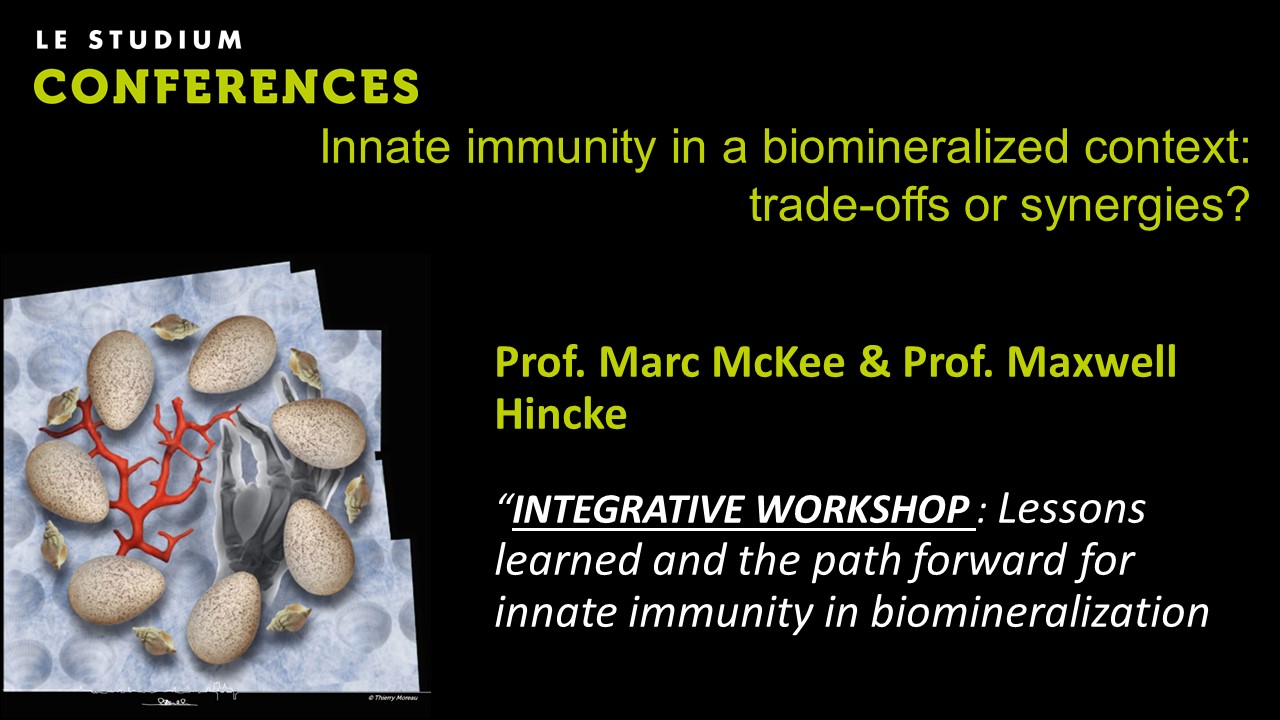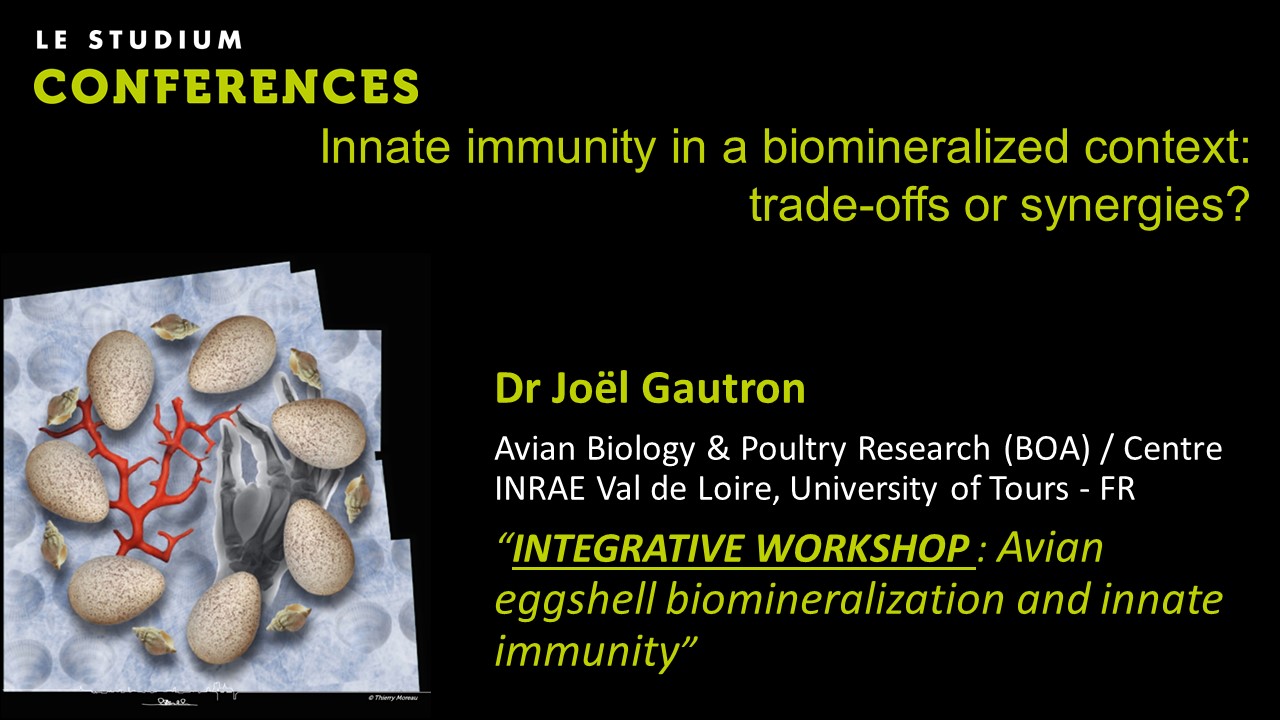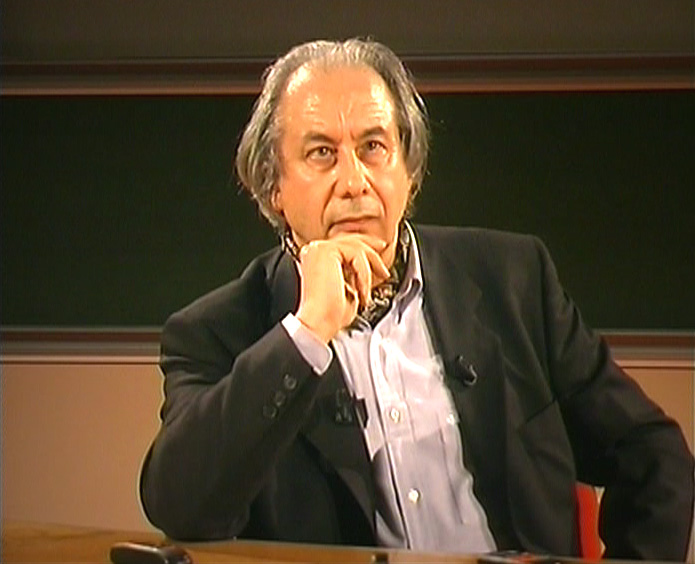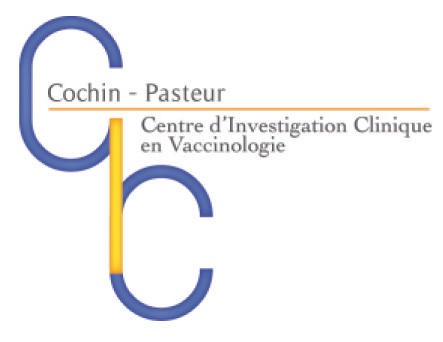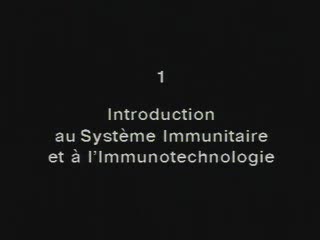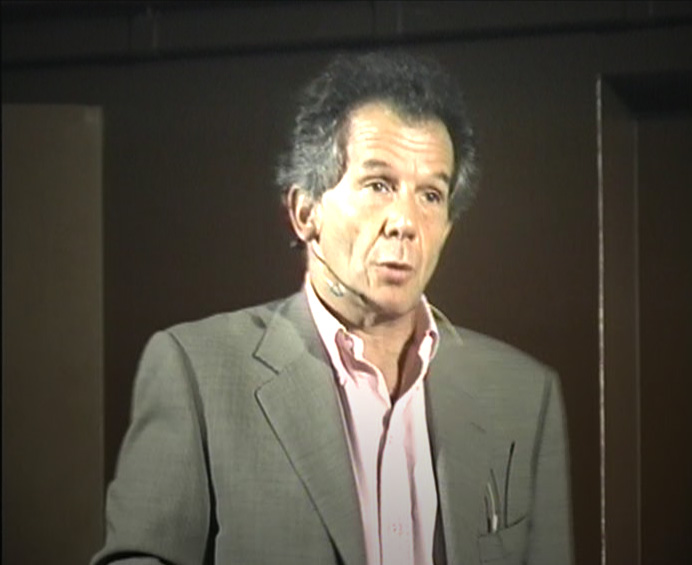Notice
Dr Raphaël Duivenvoorden - Trained Immunity as a novel therapeutic strategy
- document 1 document 2 document 3
- niveau 1 niveau 2 niveau 3
Descriptif
Innate immunecells form a vital first line of defense against pathogens, and theiractivation upon recognition of pathogens is rapid and non-specific. For a longtime it has been assumed that innate immune cells do not develop immunologicalmemory. However, over the past years this view has been challenged. A newconcept has emerged, referred to as trained immunity. Upon stimulation ofinnate immune cells, long-term functional and epigenetic reprogramming canoccur. Although the cells return to a non-activated state after the initialstimulus, they develop an enhanced secondary response to a subsequentnon-specific stimulus. This shows that the innate immune system exhibitsadaptive characteristics, which may have evolved to provide greater protection againstreinfection. In this presentation we will reflect on the concept and underlyingimmunological mechanisms of trained immunity and discuss how trained immunitycan be utilized as a therapeutic strategy to prevent infection and potentiallytreat other immune related diseases.
Dans la même collection
-
Dr Rodrigo Guabiraba - Precision cut lung slices: a novel versatile tool to examine host–pathogen i…
The avian respiratory tract is a common entry route for many pathogens and an important delivery route for vaccination in the poultry industry. Immune responses in the avian lung have mostly been
-
Dr Mustapha Si-Tahar - Towards a metabolic anti-influenza therapy
Influenza A virus (IAV) is the etiological agent of a contagious acute respiratory disease, which is associated with high morbidity and mortality. This virus also causes a considerable socio
-
Prof. Adrian Martineau - Vitamin D in the prevention and treatment of respiratory infections
Vitamin D is best known for its effects on calcium homeostasis, but a growing body of evidence shows that it also has extensive immunomodulatory actions. In this talk I will describe the effects of
-
Dr Guido Santos - Multi-level computational modeling as a tool to understand molecular mechanisms b…
Pneumonia is one of the most prevalent infectious diseases worldwide, whose main cause is the pathogen Streptococcus pneumoniae. This is an opportunistic disease affecting the most to sensitive
-
Prof. Mike Surette - The Good and the Bad of Commensal-Pathogen Interactions in the Airways
The airways are colonized by a complex microbiota that varies in composition and density spatially throughout the respiratory tract, as well as temporally through the life-course. While the lower
-
Prof. Kingston Mills - Local T cells and their subversion in protective immunity to infection in th…
Respiratory infection with Bordetella pertussis causes whooping cough. The infection is controlled by innate immune responses, but complete bacterial clearance from the respiratory tract and
-
Dr Aurélie Crabbé - Host metabolites modulate bacterial susceptibility to antibiotics
Antibiotic susceptibility of bacterial pathogens is typically evaluated using in vitro assays that do not consider the complex host microenvironment. This may help explaining a significant
-
Dr Antoine Guillon - Flagellin-based antibacterial strategy and clinical perspectives
Bacterial pneumonia is a leading cause of morbidity and mortality worldwide. Antibiotics constitute the standard of care but are faced with the emergence of antimicrobial resistance and the curative
-
Prof. Pieter Hiemstra - Antimicrobial Host Defence Peptides: Immunomodulatory Functions and Transla…
Antimicrobial host defence peptides (AMPs) are effector molecules of the immune system. AMPs are considered as possible alternatives to conventional antibiotics for the treatment of respiratory
Sur le même thème
-
-
-
Prof. Kingston Mills - Local T cells and their subversion in protective immunity to infection in th…
Respiratory infection with Bordetella pertussis causes whooping cough. The infection is controlled by innate immune responses, but complete bacterial clearance from the respiratory tract and
-
L'allergie ou la démesure hypersensible - David Bernard
DavidBernard"On estime qu'il existe en France 10 millions de sujets atteints de maladies allergiques dont les ¾ (soit environ 15% de la population) sont des allergies respiratoires. On compte 2000 décès par
-
JPS 2017 / Médecine interne 1
Journées des Professionnels de Santé 2017 - Formation Médicale Continue des Médecins Généralistes
-
La naissance de la médecine scientifique (par Pierre Corvol)
CorvolPierreMontenotJeanLa naissance de la médecine scientifique Dans La Maison Nuncingen (1837), Balzac met en scène une conversation entre quatre journalistes échauffés par un bon repas. L’un des commensaux, Émile
-
CIF vaccinologie 2011 - Vaccination contre le choléra.
GarnotelÉricCours international francophone de vaccinologie.Titre : CIF vaccinologie 2011 - Vaccinations contre le choléra.Résumé : 29 mars 2011 - cours 23 : Présentation des différents vaccins - Une maladie
-
Introduction au système immunitaire et aux nouvelles technologies
PauBernardLe réseau d'organes de circulation et d'interactions est décrit et une caractéristique essentielle est mise en évidence : l'extraordinaire diversité des protéines responsables de la reconnaissance de
-
Diversité et identités humaines : du côté de l'immunologie
MoulinAnne-MarieLa diversité du monde vivant a toujours été un objet d'émerveillement. De la part des théologiens, qui trouvaient dans le catalogue de la vie une occasion de s'extasier sur l'oeuvre de la Providence.
-
La diversité immunologique
WeillJean-ClaudeLa diversité du système immunitaire doit faire face à la diversité du monde extérieur, et plus précisément à celle des pathogènes : bactéries, virus, parasites. Suivant les espèces des stratégies

